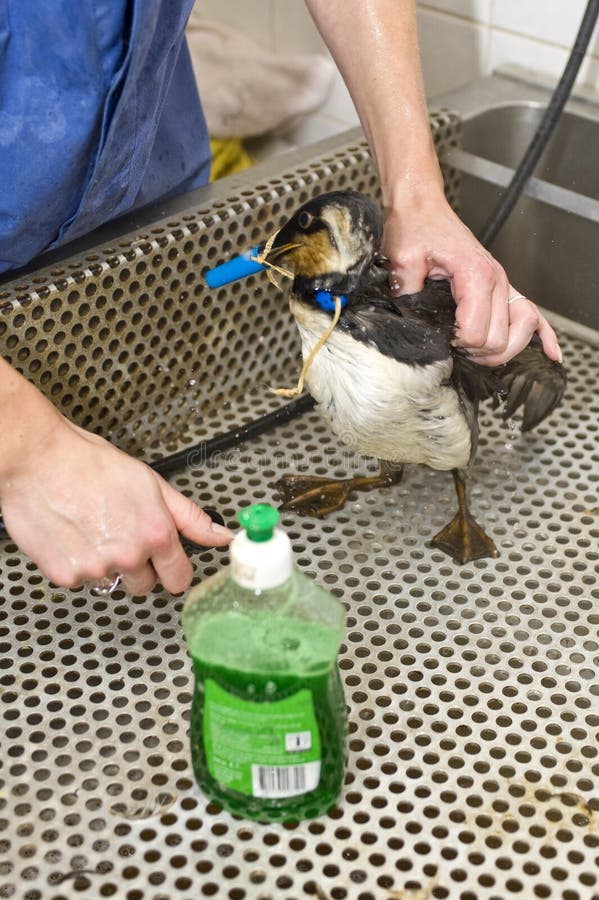When you hear the word 'acid,' you certainly don't think about drinking it.. but what if I told you it was in your cupboard right now? Acetic Acid is the chemical that is used in low concentrations to make vinegar! Vinegar, as you probably know it, is a condiment that finds its way in salads, on fries and even in cleaning products. How can this chemical be used in so many different ways?
Well, since it's an acid, it has disinfectant and antimicrobial properties which is why it's used in many cleaning products, and the acidity is also what gives it its vinegary taste. Acetic acid is also used in glue, paint, fertilizer, soaps, shampoo and conditioner, and much more. In its original form, acetic acid is a colourless liquid with a very strong smell. It can be irritating on the eyes, skin and lungs, but only in high industrial concentrations. The stuff you have in your house is essentially harmless. Production of acetic acid consists of a chemical reaction called methanol carbonylation. That may sound complicated, but it's really just mixing a couple chemicals together to give us the chemical we want.
One final reminder, just because we can consume acetic acid does not mean you can go around eating all the acids and cleaners you can find. We're very lucky that this one is tasty and harm-free in low concentrations, but that is not always the case.







